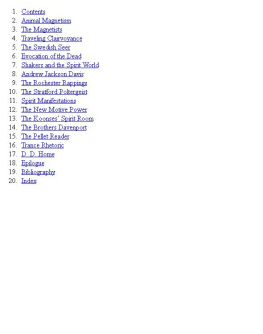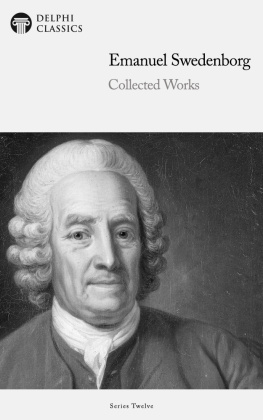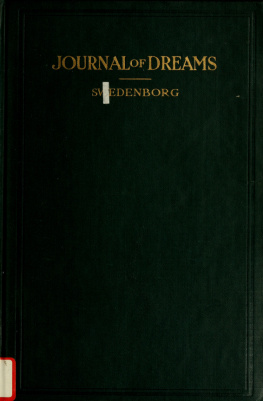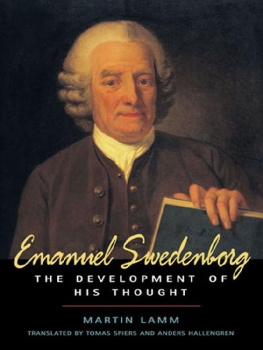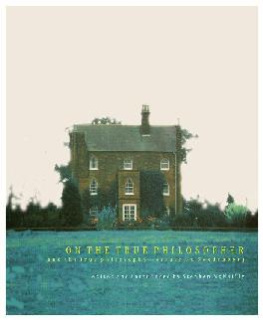THE
HEYDAY
OF
SPIRITUALISM
by SLATER BROWN
Hawthorn Books, Inc. Publishers
New York
Copyright 1970 by Hawthorn Books, Inc., 70 Fifth Avenue, New York, New York 10011. Copyright under International and Pan-American Copyright Conventions. All rights reserved, including the right to reproduce this book, or portions thereof, in any form, except for the inclusion of brief quotations in a review. This book was manufactured in the United States of America and published simultaneously in Canada by Prentice-Hall of Canada, Ltd., 1870 Birchmount Road, Scarborough, Ontario. Library of Congress Catalog Card Number: 71-109094.
1 2 3 4 5 6 7 8 9 10
1 Animal Magnetism
On the evening of May 4, 1784we know the exact date because it was an unforgettable one in his careerthe Marquis de Puysegur, a grand seigneur of an ancient and distinguished family, was seated in the servants wing of his Chateau de Buzancy, staring fixedly into the eyes of a young peasant lad named Victor and making slow passes in front of his face.
A few weeks previously the marquis had paid Anton Mesmer, the famous Viennese healer who was at that time astonishing all Paris with his cures, a hundred gold louis to teach him some of the secret methods used in his treatment. At the end of this instruction the marquis confessed that many of those secrets, so far as he was concerned, remained dark secrets still. However, he had familiarized himself with the magnetic passes or, as they were also called, manipulations which Mesmer employed to effect his cures. The passes consisted in touching the afflicted area with the hand, then slowly moving a finger or a wand before the patients face or above and behind his head while fixing the patient with a concentrated gaze.
On that May eveningit was eight oclock on a Tuesday, according to Puysegurs record of the occasionhe was employing the passes on Victor in a kindly effort to cure the young peasant of a mild case of pleurisy. A few days earlier the marquis, to his infinite surprise and gratification, had relieved his stewards little daughter and his gamekeepers wife of severe toothaches. He had managed to do so, moreover, without producing the transitional crise, the hysterical fits and convulsions that Mesmer considered a necessary part of the cure but that Puysegur regarded with the greatest repugnancethe hellish convulsions, as he called them. Success in healing his two patients of toothaches without throwing them into fits had encouraged the marquis to tackle a more serious case, and he was busily magnetizing Victor with the passes when to his astonishment the young peasant, in less than ten minutes, fell sound asleep in his arms.
As Puysegur immediately discovered, it was sleep of no ordinary land. Victor began talking volubly in his sleep about some business that worried him. Fearing that this train of thought might have a disturbing effect on his patients mind, the marquis suggested that Victor think of something pleasant instead. Victor required little urging to do so and, seated in his chair, at once began acting as if he were taking part in a shooting match. He then began going through the motions of dancing as if he were attending a fete. Puysegur encouraged him in this activity and kept Victor jigging in his chair in time to a tune that, the marquis explained, he sang mentally. After about an hour, when Victor had begun to sweat abundantly, Puysegur quieted him and left the room. On the following morning Victor felt much better but could remember nothing of what had happened.
That was, in Puysegurs precise description, the first demonstration of hypnotism in modern times in Western Europe, for probably it was known and practiced in older civilizations and in other parts of the world. For lack of a better name, Puysegur called it animal magnetism, a term he appropriated from Mesmer, though Mesmer seems to have been unfamiliar with induced somnambulism. Mesmer had used the term to describe the invisible, impalpable fluid that, he asserted, permeated the entire universe and emanated from the stars, the sun, the planets, the earth, and from human bodies as well. To distinguish it from ferromagnetism, which he claimed it resembled, Mesmer had called the invisible fluid magnetisme animal , animal in the term meaning vital.
Puysegur believed that this impalpable fluid, emanating from his fingers, had produced Victors somnambulism. Later on he decided that the eyes and solar plexus were especially responsive to the emanations, the eyes predominantly so. It is by a light rubbing of the eyes, he wrote after he had become an adept in the art, that I impart the chargement magnetique which produces somnambulism and it is also by a very light rubbing on the same organ that I produce the sudden discharge which awakes the subject and returns him to his normal state.
Excited by his discovery, but mystified by certain aspects of Victors magnetic trance, Puysegur continued his experiments. After magnetizing Victor a number of times he found that in the magnetic state the young man, who normally was, Puysegur remarked, the most dull-witted peasant in that part of the world, unable to respond intelligently to a simple question, became an entirely different being. I have met no one, Puysegur declared, his astonishment at the change
leading him into excusable exaggeration, "I have met no one more profound, wiser, or more clear-sighted than he.
Other subjects whom he magnetized also displayed a striking change of personality between their normal state and a somnambulistic state. The line of demarcation, Puysegur wrote, is so complete that these two states may almost be described as two different existences. I have noticed that when magnetized, the subjects have a clear recollection of all they have done in their normal state, but in the normal state they can recall nothing that happened while they were magnetized.
His various experiments during the first year led Puysegur to conclude that magnetism depended upon belief and will. Croyez et Veuillez was the legend he placed on the title page of his book on magnetism and the precept that he urged all practitioners to follow. He suggested that every adept in the art should be inspired by an active will to do good, a firm belief in ones power, and an entire confidence in employing it. But though belief and will were essential to the operator, Puysegur, along with the majority of his fellow practitioners, did not consider that they were essential to the subject being magnetized, which is the exact opposite of the belief held by hypnotists today.
Puysegur and his fellow magnetists continued their researches for the next four years, mainly experimenting with cures, but their activities were ended by the French Revolution, when animal magnetism was suppressed as an idle pastime of the nobility. Many of the magnetists became emigres, and Puysegur himself spent a while in prison. The Napoleonic Wars also made any research impossible.
It was not until about 1815 that the magnetists were able to resume their experiments. But in spite of the long interruption and the fact that they were almost exclusively interested in the therapeutic aspects of their new science, by 1825 the French magnetists had succeeded in discovering all the major phenomena of hypnotism that we know today. Thus they had discovered and described posthypnotic suggestion, hypnotic catalepsy, positive and negative hallucinations (seeing things that are not there and not seeing things that are), hypnotic anesthesia, and hypnotic analgesia. As Professor Clark Hull, of Yale University, pointed out in his Hypnosis and Suggestibility, no new hypnotic phenomena of any major importance have been discovered since that time.
Not only had these early magnetists discovered all the major phenomena of hypnotism that we accept today, but they also discovered other remarkable phenomena that modern psychologists usually reject as spurious. The magnetists referred to them as the higher phenomena, which included such paranormal manifestations as thought transference, or telepathy, or the immediate response of the subject to the unexpressed will of the magnetist; medical clairvoyance, or the ability to diagnose ailments and prescribe cures; traveling clairvoyance, or the ability to see things at remote distances; seeing while the eyes are closed or blindfolded; hypnotism performed at a distance or through walls; and rapport, or the community of sensation, in which the subject shares the sensations experienced by the hypnotist.

